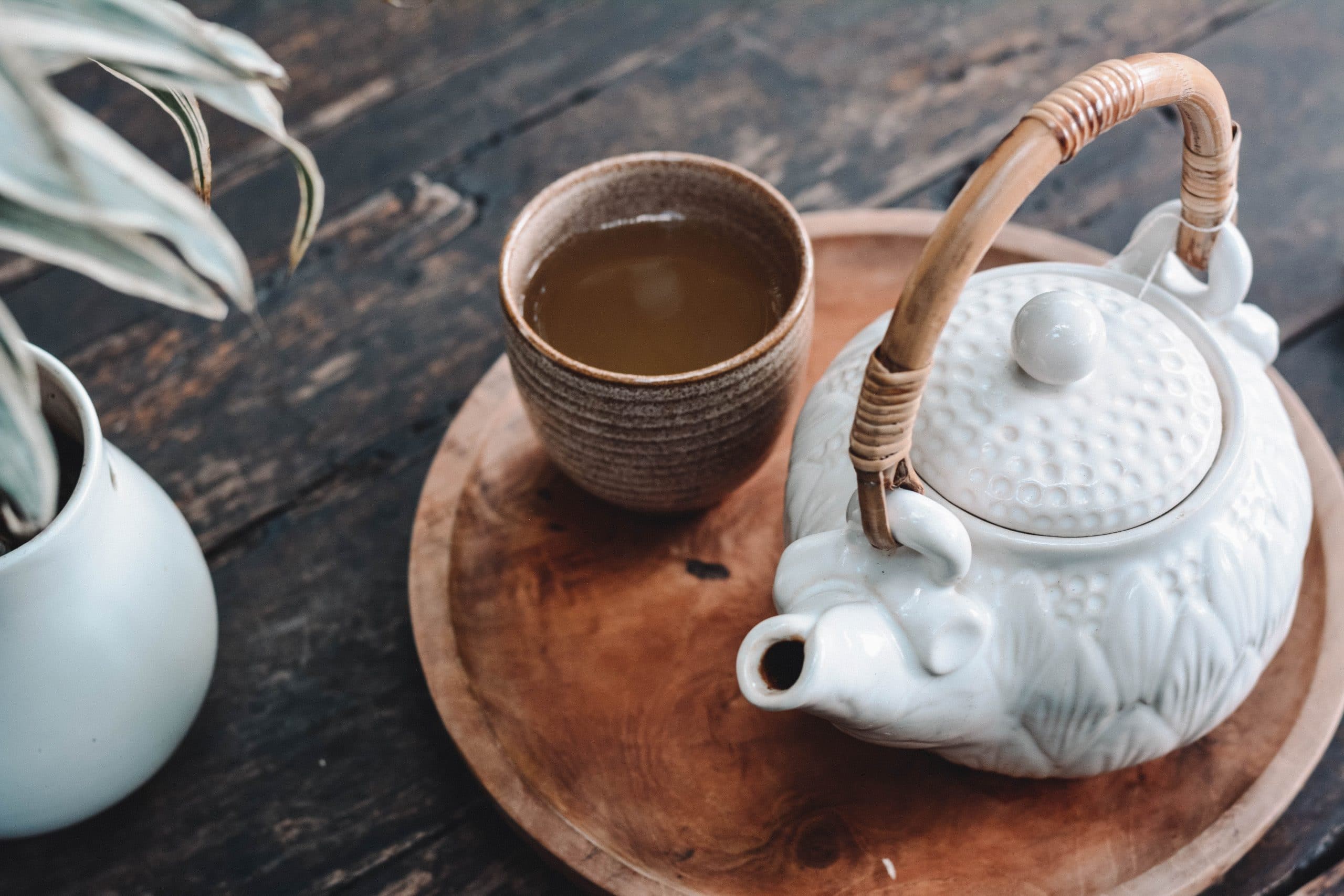How to make a traditional british afternoon tea?

If you’ve ever been on a trip to the British Isles or have a soft spot for all things quintessentially English, you might have come across the time-honored tradition of afternoon tea. This ritual, steeped in history and culture, is a delightful practice of taking a mid-afternoon break, replete with sumptuous pastries, sandwiches, and of course, a pot of freshly brewed tea.
But British afternoon tea is not just a meal; it’s a social event, a time to relax, converse, and indulge in some delectable food and drink. If you’ve wondered how to recreate this British tradition at your own home or host an afternoon tea party, this guide will help you make it just the way it’s done in England.
A lire aussi : What are the best techniques for searing meat?
The Importance of Tea
The afternoon tea tradition, as you might have guessed, revolves around tea. The first rule of thumb is to make sure you have a good quality variety.
The tea plant, Camellia sinensis, produces leaves that are processed in different ways to create a multitude of flavors, ranging from the robust, full-bodied black tea to the delicate, floral notes of white tea. In terms of the quintessential British afternoon tea, however, black tea is the star of the show.
A lire en complément : What are the secrets to baking light angel food cake?
But this is not just any black tea. The English are particularly fond of blends — combinations of different types of black tea that create a unique and balanced flavor. Two of the most popular blends in England are English Breakfast and Earl Grey.
English Breakfast is a robust, rich blend that is designed to complement the flavors of a traditional English breakfast but is just as delightful in the afternoon. Earl Grey, on the other hand, is a black tea flavored with the oil of the bergamot orange, giving it a distinctive citrusy flavor.
The traditional way of brewing tea involves loose leaves, but teabags will do if that’s all you have. What’s important is the brewing process. The water should be freshly boiled — not just hot, but at a rolling boil. This will ensure that the full flavor of the tea is extracted. The standard measure is one teaspoon of loose leaves or one teabag per cup, plus an extra "for the pot".
The Art of Scones
No afternoon tea is complete without scones. These little British pastries are a cross between a biscuit and a roll, with a delicate crumb that is just sweet enough to complement the flavors of jam and clotted cream.
The key to making perfect scones lies in three things: cold butter, a light hand, and a hot oven.
You will start by mixing flour, baking powder, and salt, then cutting in very cold butter until the mixture resembles coarse crumbs. This is best done with a pastry cutter, but you can also use your fingers — just make sure you don’t overwork the dough, as this will make the scones tough.
Next, you will stir in some milk and an egg, then turn the dough out onto a floured surface and knead it lightly a few times just to bring it together. You can then pat it into a rectangle, cut it into squares or use a round biscuit cutter to make circles.
The Delight of Sandwiches
When it comes to the sandwiches, the classics are always a good choice. Cucumber sandwiches are an English teatime staple, with their cool crunch and fresh flavor. You could also go for smoked salmon with cream cheese, Roast Beef and Horseradish, or the ever-popular Egg Mayonnaise with Cress.
As for the bread, the English usually use white bread, but you can certainly use whole grain or any other type of bread that you prefer. The crusts are traditionally cut off and the sandwiches are sliced into small, bite-sized pieces, either squares or triangles.
The Sweetness of Cake
The final touch to a traditional British afternoon tea is a cake or two. The most classic option is the Victoria sponge, a simple, delicate sponge cake filled with jam and cream. But feel free to experiment with different cakes, like lemon drizzle cake, coffee cake, or carrot cake.
The Charm of Clotted Cream and Jam
To accompany your scones and sponge cake, you will need clotted cream and jam. Clotted cream is a thick, creamy, slightly sweet spread that is traditionally made in Devon and Cornwall. It’s not easy to find outside of the UK, but you can make it at home if you have access to high-quality, non-ultra-pasteurized cream.
As for the jam, strawberry is the classic choice, but raspberry or blackcurrant would work just as well. Whether you choose to put the cream or the jam on first is up to you, but be aware that in Devon and Cornwall, this is a matter of hot debate!
The Elegance of Tea Settings
Creating the perfect afternoon tea ambiance goes beyond the menu; it also involves the right table settings. The classic English tea setting is a sight to behold with its beautiful china tea ware, white linen tablecloth, and silver cutlery.
Start by setting your table with a white tablecloth. This will give your tea party a traditional and elegant base. Next, lay out your tea service. A typical tea service consists of a teapot, milk jug, sugar bowl, tea cups, and saucers. If you’re fortunate to have a tiered cake stand, use it to display your sandwiches, scones, and cakes.
The style of your tea ware doesn’t have to be antique or ornate, but it should be something that you love and feel proud to display. Bone china is traditional, but the most important thing is that your tea ware makes you happy and suits your style.
You will also need small plates for the scones and cakes, as well as a selection of small cutlery. Butter knives for the scones and dessert forks for the cakes are essential.
Finally, don’t forget the napkins. Linen napkins are traditional, but paper ones will do just fine as long as they fit the color scheme or theme of your table.
The Art of Serving Afternoon Tea
In Britain, serving afternoon tea is just as important as the preparation. Traditionally, the host or hostess will pour the tea, while the guests assemble their own sandwiches and scones.
Start by pouring the tea, which should be brewed to perfection. If you’re using loose leaf tea, be sure to pour through a strainer to catch any leaves. The milk is usually added after the tea, but this is purely a matter of personal preference. Some people prefer to add the milk first to prevent the hot tea from cracking their china cups.
Next, serve the finger sandwiches. It’s customary to offer your guests a variety of sandwiches to choose from. The sandwiches should be dainty and delicate, cut into small triangles or rectangles, with the crusts removed.
The scones are served warm, split in half, and topped with clotted cream and jam. There’s a great debate in Britain over whether the cream or the jam should go first. The Devonshire method is to split the scone, spread with cream, and then top with jam, while the Cornwall method is to spread the jam first, then top with cream. Whichever way you prefer, the combination of warm scone, cold cream, and sweet jam is simply irresistible.
Finally, the sweet course. A traditional British afternoon tea ends with sweet pastries or cakes. From the classic Victoria sponge to a tangy lemon drizzle cake, the options are endless.
Conclusion
Hosting a traditional British afternoon tea at home can be a delightful and rewarding experience. It’s an opportunity to slow down, savor the moment, and enjoy some of the finer things in life. From choosing the perfect blend of tea to baking scones, crafting delicate finger sandwiches, and setting an elegant table, every step is a labor of love.
Remember, the goal of an afternoon tea is not only to enjoy delicious food and drink but also to create a warm and welcoming atmosphere. So, put on your favorite tea dress, invite a few friends over, and enjoy a relaxing and indulgent afternoon. After all, as the British would say, there’s always time for tea!
